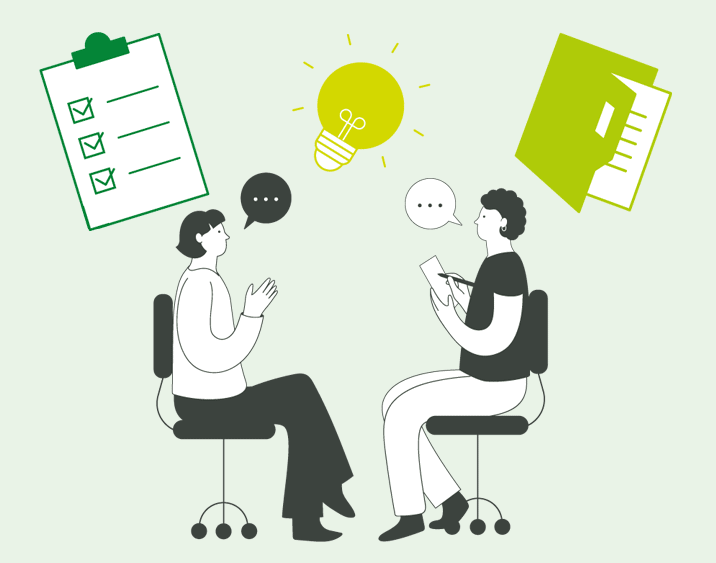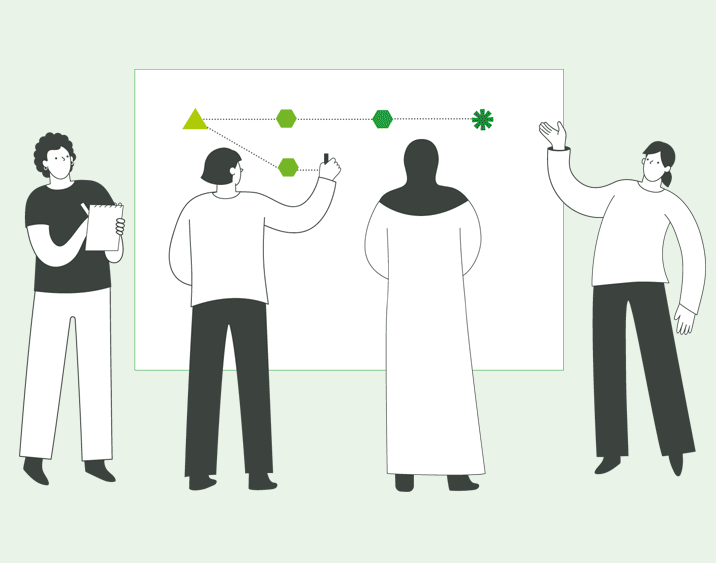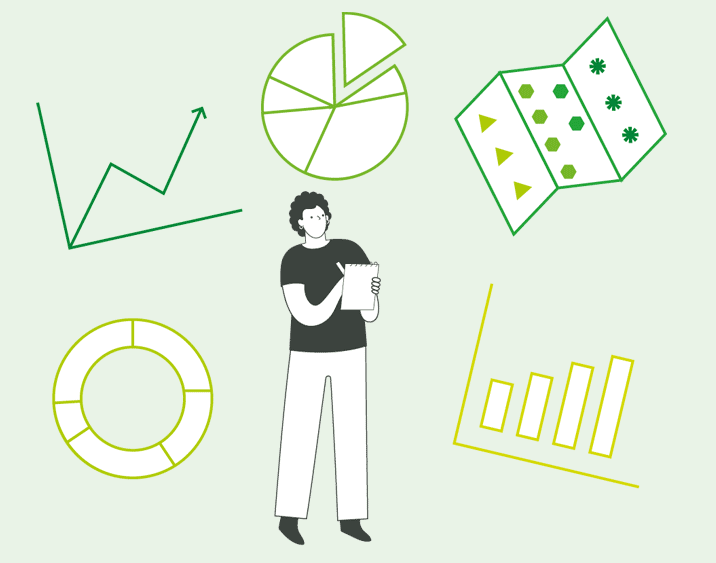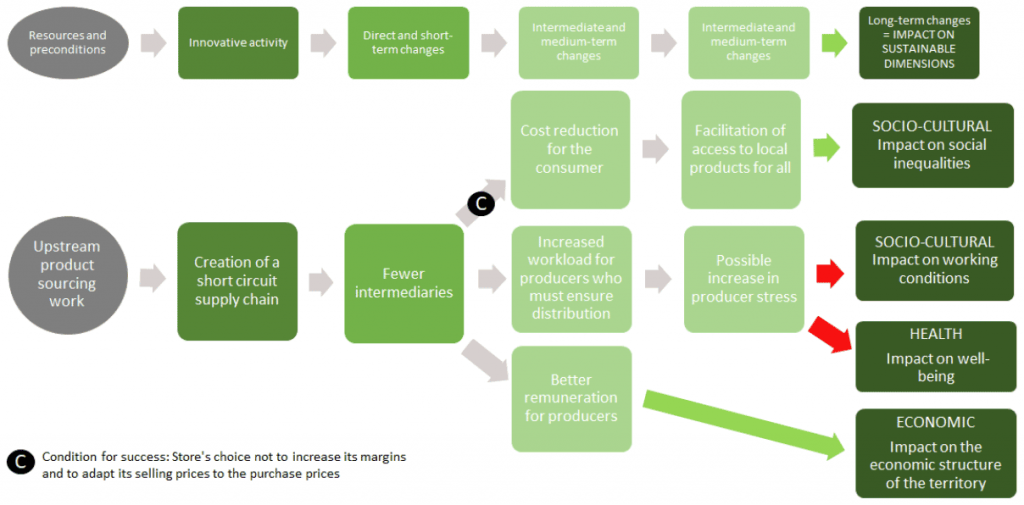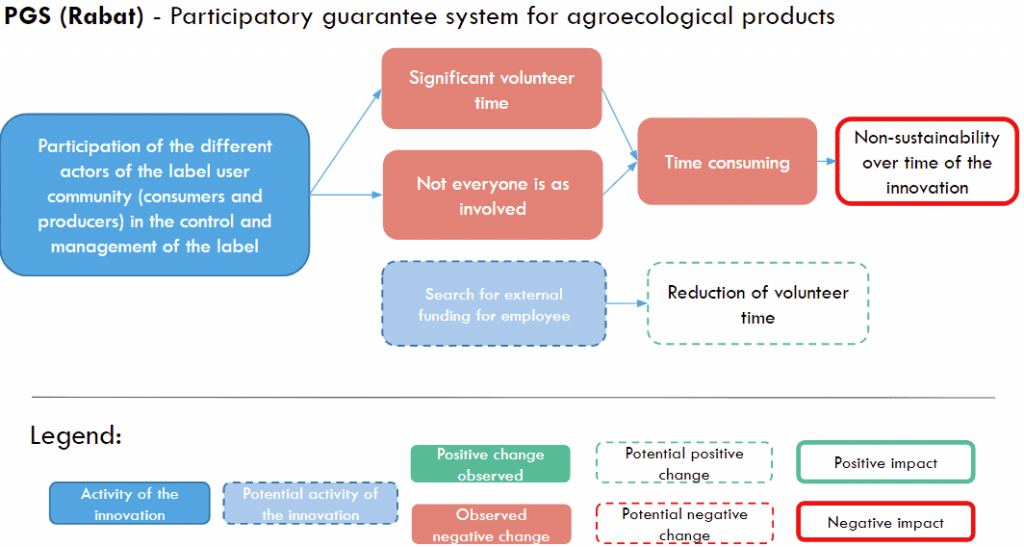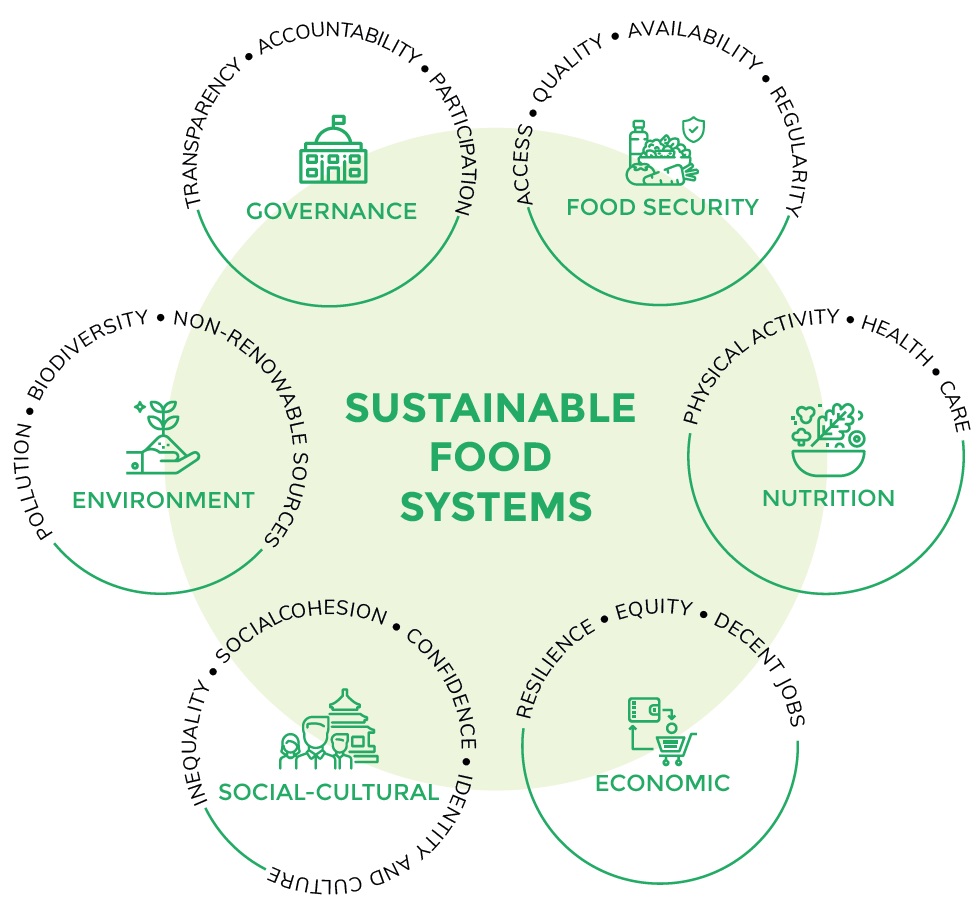- When inviting participants, explain the reason for and the objective of the event as well as planned activities. Use a meeting poll like Framadate or Doodle to find the best time for the most people. Or, you may also decide to call the meeting after speaking personally to people about their availability. It is important that people commit to the entire workshop.
- Identify and invite facilitator(s) to help guide discussions during the workshop.
- Meet with facilitators ahead of workshop to engage in consensus building to ensure a common understanding of key processes and definitions to ensure a smooth workshop.
- Select a meeting place that is welcoming as you want people to feel comfortable and have enough space to engage with each other. This place should have a room for a plenary session (where you can get everyone together) with sub-locations separated by walls and with good acoustic conditions to ensure a good working environment for breakout groups.
- Ensure there are chairs and tables that can be moved around, as well as walls, easels, or whiteboards where large pieces of paper can be put up using masking tape and sticky notes can be placed to document ideas. A white wall or projection screen where you can project presentations and/or hang the final maps will be useful. You can find a comprehensive materials list here.
- Arrange for snacks or meals (at least water) based on the length of the meeting (1/2 day versus whole day). The organization should respect local conventions. You may want to offer small gifts or honoraria to express your appreciation. It is important to make your workshop welcoming for the success of your workshopTake care to meet the special needs of participants (parking, access for people with reduced mobility, etc.).
- Remember to send a confirmation email to participants a few days before the workshop, it should contain:
- Date, hour and place of the workshop (how to arrive and access).
- Thank the participants for their availability and for the time they will dedicate.
- Recall the objective of the workshop and what is anticipated a provisional agenda with time for at least a plenary session, group work, final discussion and socializing.
- Appropriate information to allow consistent and equitable involvement, to put all participants on the same footing: basic info on the innovation, key documents for participants to review prior to addressing them in the workshop, etc.
We suggest you divide the workshop into three parts:
- Welcome and introduction, presentation of the objectives, and schedule of the workshop (Plenary/all participants).
- Mapping of the impacts (see “how to map the impacts?) (Breakout groups).
- Debriefing, presentation of results, and final discussion (Plenary/all participants).




